How to Perform Similarity Transformations: Step-by-Step Guide
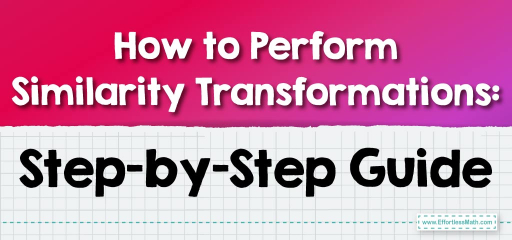
- Center of Dilation: A fixed point in the plane.
- Scale Factor: The ratio by which a figure is enlarged or reduced. A scale factor greater than \(1\) results in an enlargement, while a scale factor between \(0\) and \(1\) results in a reduction. The formula for dilation from a center point \((x, y)\) with a scale factor \(k\) is:
\( (x’, y’) = (x \cdot k, y \cdot k) \)
Examples
Practice Questions:
- A square has vertices at \(E(3,4)\), \(F(6,4)\), \(G(6,7)\), and \(H(3,7)\). What are the vertices of the square after a dilation with a scale factor of \(3\), centered at the origin?
- A rhombus has vertices at \(I(-2,3)\), \(J(2,5)\), \(K(4,3)\), and \(L(0,1)\). Determine the vertices of the rhombus after a dilation with a scale factor of \(0.25\), centered at the origin.
- \(E'(9,12)\), \(F'(18,12)\), \(G'(18,21)\), and \(H'(9,21)\)
- \(I'(-0.5,0.75)\), \(J'(0.5,1.25)\), \(K'(1,0.75)\), and \(L'(0,0.25)\)
Original price was: $109.99.$54.99Current price is: $54.99.
Original price was: $109.99.$54.99Current price is: $54.99.
Original price was: $114.99.$54.99Current price is: $54.99.
Related to This Article
More math articles
- Top 10 Tips to ACE the PSAT/NMSQT Math Test
- How to Scale a Function Horizontally?
- Top 10 4th Grade SBAC Math Practice Questions
- 5 Best Laptops For Teachers
- 8th Grade SBAC Math Practice Test Questions
- An In-depth Exploration of How to Find the Codomain
- The Ultimate 6th Grade FSA Math Course (+FREE Worksheets)
- How to Solve Word Problems Involving the Percentage of a Number?
- 5th Grade IAR Math Practice Test Questions
- Top 10 8th Grade ACT Aspire Math Practice Questions







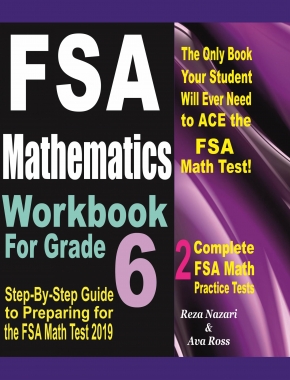















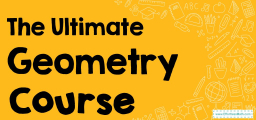
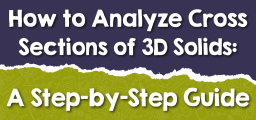
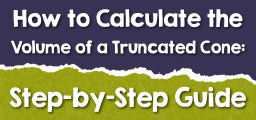


What people say about "How to Perform Similarity Transformations: Step-by-Step Guide - Effortless Math: We Help Students Learn to LOVE Mathematics"?
No one replied yet.